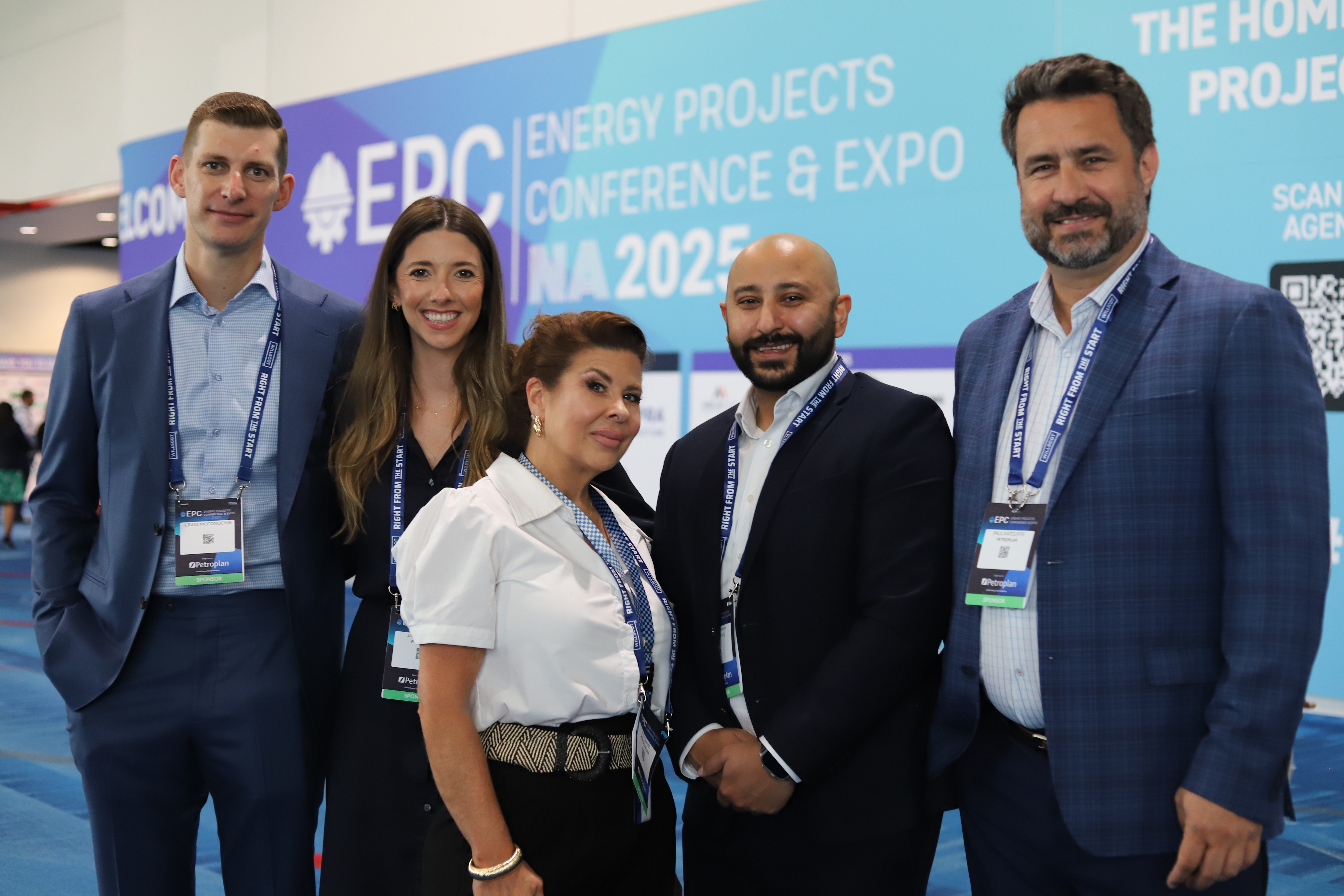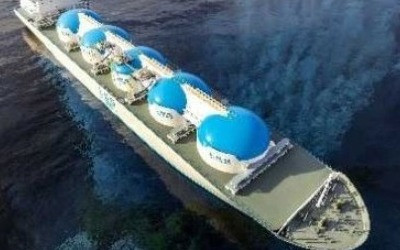November 02, 2017

It’s obvious that the job description informs the job advert – isn’t it?
As a global recruiter in the oil and gas industry, Petroplan receives many styles of job descriptions from the employers we work with. We wanted to run through some tips to help both hiring managers and candidates get what they need from a job description to write or understand a great job posting or advert. The job description is the basis of a job advert. However, it should not be the advert!
The advert is about attracting attention to read more from the right target audience. The confusion online, however, is that you may well host your job description online too, both have an effect on how findable the job listing will be. Here are some tips to make your job posting or advert stand out online.
Adverts vs. sourcing
It is said that it is the responsibility of the communicator to ensure they are understood by their audience. Easy to say but hard to do. Especially when it comes to making sure your important vacancy listing details all the important skills and attributes a successful candidate will possess while selling the role. Getting the job ad right will aid conversations with applicants or those candidates who are approached directly by a recruiter.
Although on many occasions, your recruiter will source the candidate from existing talent networks, job advertising still has a role to play. So-called passive talent is often said to be preferable but great people who manage their careers are also open to applying to advertised roles. Furthermore, with the legal requirements around job advertising, the candidate, even if headhunted, will likely believe the existence of a vacancy with what is essentially a public notice to prove it.
Job description before the job advert
Before we talk through key pointers to highlight from the job description for candidate attraction. Let’s talk about the key aspects of the job description that inform the advert.
- Job title
- Location and travel details
- A fresh overview of the role, the department, and company. Try to avoid rehashing an existing job description. As it might mirror the incumbent rather than the real needs of the role.
- Clear and concise list of objectives
- Team structure and reporting lines
- Information on the project where applicable so the candidate can get excited and see the career value in the role
- Duties, listed in order of priority and highest percentage of focus in the role
- Person specification – in terms of previous experience and required knowledge
- How performance is measured
- Details of specific qualifications and training required
Lastly, if the expanded job description is hosted on your website, it is wise for this descriptive information to be between 150 to 600 words. The search engine will be ranking the advert’s relevance to the landing page which hosts this job description text.
Getting to the key job details quickly
The oil and gas industry is a very technical sector and needs to often attract professionals with the right skills to new countries and technologies. There are many key facts that need to be clear to avoid frustration on both the candidate and employer’s side.
All industries have their jargon and acronyms but overuse can make the advert not only harder to understand but more difficult to find. There is also some reticence from employers and recruiters about sharing salary details. Data shows from a Google search perspective that postings with salary information get more traffic than those without, even when the salary is below market rate. As with all decisions, you must weigh up the risk versus the reward of sharing this information.
Job advert writing tips
So you have your job description, let’s sell the role. Petroplan like all recruiters work with many job boards and networks. We receive regular advice on best practice in writing adverts and job descriptions. There are of course tips that are more relevant for the different parts of the world but here are some of the universally accepted job advert wisdom.
Use your brand and company name. It seems obvious but allowing your recruiter to mention your brand can increase applications. However, if your organisation is less well known the brand of the recruitment firm can also carry weight. Especially if it is well known for particular job types and sector.
Job titles should be concise. Avoid jargon or abbreviations such as VP for Vice President. Internet search engines will assess the relevancy from the job title phrase, this includes seniority. Make the job title descriptive. For example, try Senior Drilling Engineer rather than Top Drilling Professional.
As already mentioned, salary details can enhance the position of your ad through Google Search. Google for Jobs is a growing resource for job seekers. Although concentrated in the US. Its impact is building. Any spend on Google Paid search advertising should be improved with attention to Google’s search quality criteria.
For energy professionals, location is extremely important, as they may well be comparing countries not just cities. The mobile nature of oil and gas, especially for contractors means a job applicant will need to consider whether they are eligible to work in a country. As well as how this would affect their tax and visa commitments.
Don’t forget Search Engine basics when crafting your job description. Search engines (and job seekers) are very well adapted to spotting deliberate attempts to generate more traffic and will punish listings that include:
- Misleading or inaccurate titles
- Strange questions in job titles
- Keyword ‘stuffing’ in titles
- Inappropriate CAPITALISATION
To avoid keyword stuffing try not to use keywords more than 5 times in the body of your job postings.
The job description itself. In a job advert, keep it brief and focus on the most important job responsibilities. Plus be sure to explain how the role fits into the overall business for additional context and any exciting project details.
Requirements and Qualifications in the energy sector are critical. Adherence to health and safety conditions will mean not only a reference to experience but also specific qualifications awarded by defined award bodies. Make it clear the exact name of the qualification so job seekers can easily rule themselves in or out.
Education and experience can often be secondary to the earlier points for quickly deciding if the job is relevant. If the earlier points such as job title, compensation, location and key training requirements are clear, the potential candidate will read on.
Start with the end in mind
To summarise, it all starts with a clear and informative job description which accurately describes the skills, experience and qualifications required by the employer. Recruitment professionals, such as our teams at Petroplan, will advise employers on the key aspects of the role which will be attractive to potential applicants.
Being clear on the job advert on the functional aspects of a role such as location, salary, qualification eligibility and job title will enable active candidates to quickly find the opportunity and select themselves in or out. This clarity speeds up the successful appointment of the right person. Keeping it simple is definitely the key to receiving a volume of appropriate candidates in a timely manner.






You can also use your social account to sign in. First you need to:
To connect your social account you must Acknowledge the Terms & Conditions and Privacy Policy